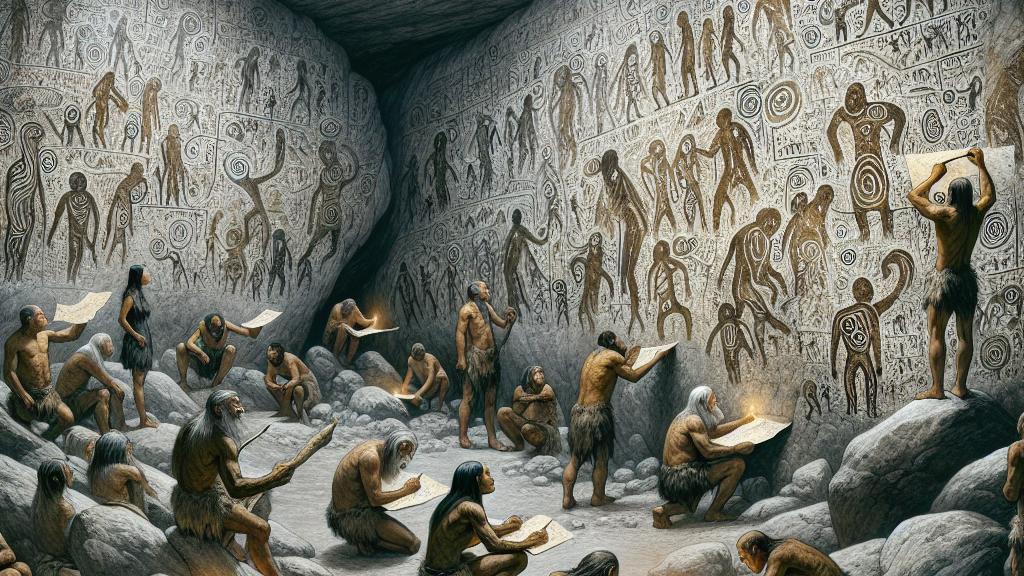Exploring the Impact of Denisovans on Modern Human Genetics
Overview
- Denisovans, a captivating hominin group, interbred with modern humans, significantly shaping our genetic landscape.
- Advanced genetic research reveals that at least three unique Denisovan populations contributed diverse traits adapted to their environments.
- The genetic traces left by Denisovans provide modern humans with essential advantages, including enhanced immunity and the ability to thrive in high altitudes.

Denisovans: A Key to Unlocking Our Evolutionary Past
Tucked away in the harsh terrain of Siberia, Denisova Cave became a treasure trove of discoveries that reshaped our understanding of human evolution. Within its ancient walls, scientists uncovered evidence of the Denisovans, a pivotal group who intermingled with early modern humans. This interbreeding was not a singular event; it unfolded over multiple generations and through complex social interactions. For instance, genetic analysis shows that the traits we carry today, such as certain adaptations to cold climates, can be traced back to these ancient connections. Thus, by studying these interactions, we are not merely piecing together a historical jigsaw puzzle; we are uncovering the intricate lineage that has led to our present-day diversity.
Distinct Denisovan Populations and Their Lasting Influence
Diving deeper into the genetic data reveals a vibrant picture of various Denisovan populations. These hominins were not all the same; they adapted beautifully to their environments, from the frostbitten altitudes of Tibet to the lush jungles of Southeast Asia. For example, the Tibetan populations inherited a remarkable genetic variant that allows tolerance to low oxygen levels—an essential trait for survival in high-altitude conditions. Similarly, Denisovan genes have been linked to enhanced immune responses, benefiting groups such as the Indigenous peoples of Papua New Guinea. These differing adaptations illustrate the complex tapestry of human evolution shaped by Denisovan interbreeding. The significance of these genetic gifts cannot be overstated, as they underline how Denisovans helped pave the way for human resilience and survival.
Looking Ahead: Unraveling the Mysteries of Our Ancestry
As we gaze into the future, the quest to unpack Denisovan genetics ignites a fire of curiosity among researchers. The potential for new discoveries is profound—every archaeological excavation could reveal a Denisovan artifact or fossil, opening doors to understanding their physical traits and cultural practices. Imagine the excitement of uncovering a new piece of the puzzle, like a beautifully preserved skull, that could shed light on their appearance and behaviors. By merging these discoveries with advanced genetic analyses, scientists hope to narrate a richer story of humanity’s past. Ultimately, exploring the connections between Denisovans and modern humans challenges us to rethink our evolutionary narrative, recognizing that our ancestry is not a straight line but a complex network of interactions and adaptations.

Loading...